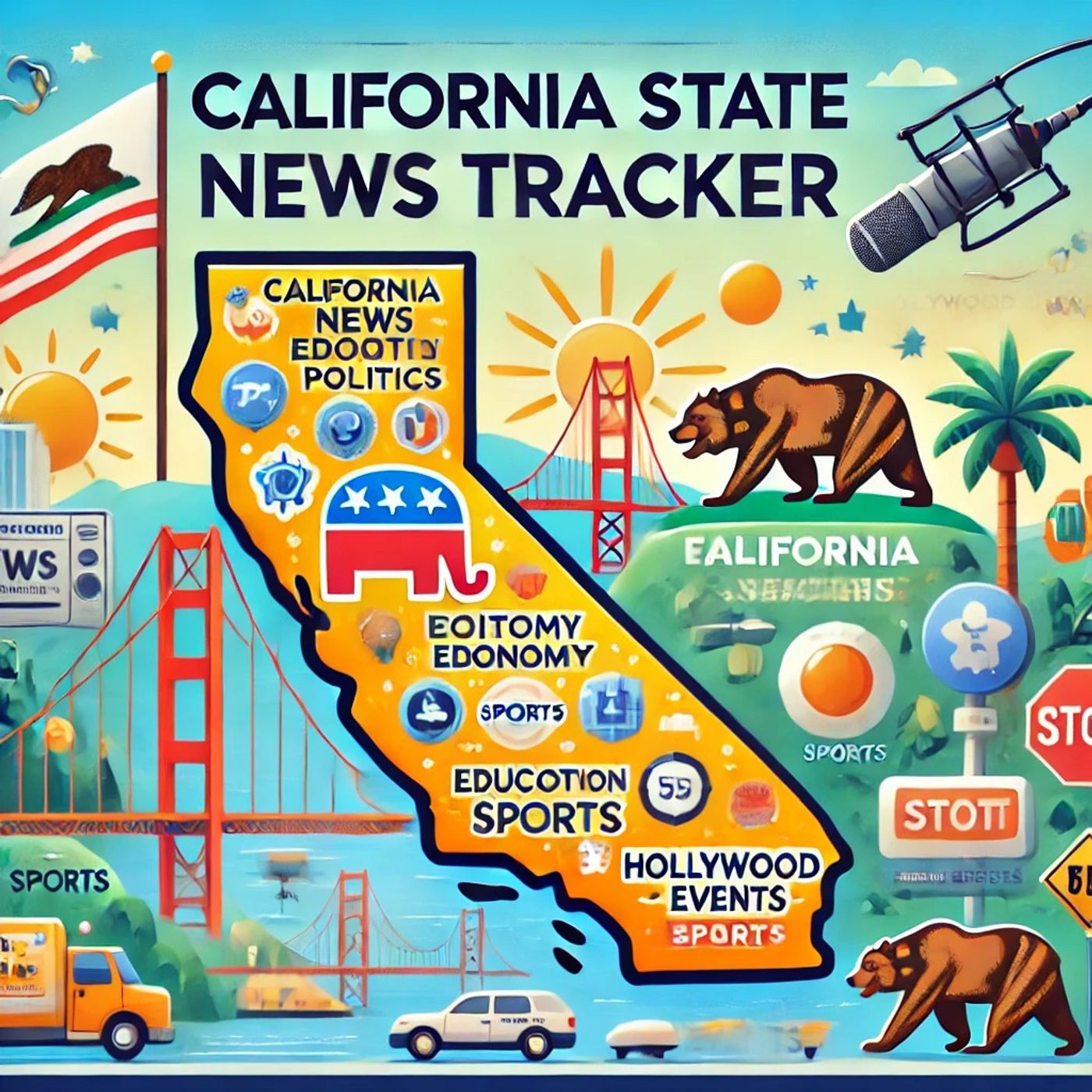Feb 01 2025 2 mins
As California enters 2025, several key stories are shaping up to define life in the Golden State. Governor Gavin Newsom is maneuvering to contrast himself with former President Trump, potentially setting the stage for a 2028 presidential run[1]. Meanwhile, hundreds of new laws are taking effect, including measures to crack down on retail crime and property theft, address homelessness, and provide new protections for consumers and patients[2].
In the economic sphere, California's economy is expected to grow above trend again in 2025, driven by robust demand for advanced semiconductors and artificial intelligence services[3]. However, the housing market faces challenges, including insurers exiting the state's homeowners' insurance market and soaring insurance premiums. The California Department of Water Resources predicts a dry 2025, with major storms expected only in the first and last few months of the year, following a couple of wet years that replenished reservoirs[4].
On the education front, college campuses are bracing for potential changes under the new administration, with President-elect Trump promising to reel in what he sees as left-leaning professors and schools[1]. Additionally, the film industry is facing challenges, including strikes, streaming cutbacks, and AI advances, which could lead to a turning point or another uphill battle for below-the-line workers[1].
Looking ahead, significant developments include the potential for Kamala Harris to run for governor in 2026, which could scramble the race and create a domino effect on down-ballot races[1]. The state's high-speed rail project faces uncertainty, with tens of billions of unidentified dollars needed to finish the train and no clear deadline for completion[1]. Furthermore, the 2028 Olympics are on the horizon, with LAX's $30-billion overhaul and other transportation projects aimed at reducing traffic congestion and improving air quality[1]. As California navigates these challenges and opportunities, residents and policymakers alike will be watching closely to see how these stories unfold.
In the economic sphere, California's economy is expected to grow above trend again in 2025, driven by robust demand for advanced semiconductors and artificial intelligence services[3]. However, the housing market faces challenges, including insurers exiting the state's homeowners' insurance market and soaring insurance premiums. The California Department of Water Resources predicts a dry 2025, with major storms expected only in the first and last few months of the year, following a couple of wet years that replenished reservoirs[4].
On the education front, college campuses are bracing for potential changes under the new administration, with President-elect Trump promising to reel in what he sees as left-leaning professors and schools[1]. Additionally, the film industry is facing challenges, including strikes, streaming cutbacks, and AI advances, which could lead to a turning point or another uphill battle for below-the-line workers[1].
Looking ahead, significant developments include the potential for Kamala Harris to run for governor in 2026, which could scramble the race and create a domino effect on down-ballot races[1]. The state's high-speed rail project faces uncertainty, with tens of billions of unidentified dollars needed to finish the train and no clear deadline for completion[1]. Furthermore, the 2028 Olympics are on the horizon, with LAX's $30-billion overhaul and other transportation projects aimed at reducing traffic congestion and improving air quality[1]. As California navigates these challenges and opportunities, residents and policymakers alike will be watching closely to see how these stories unfold.
